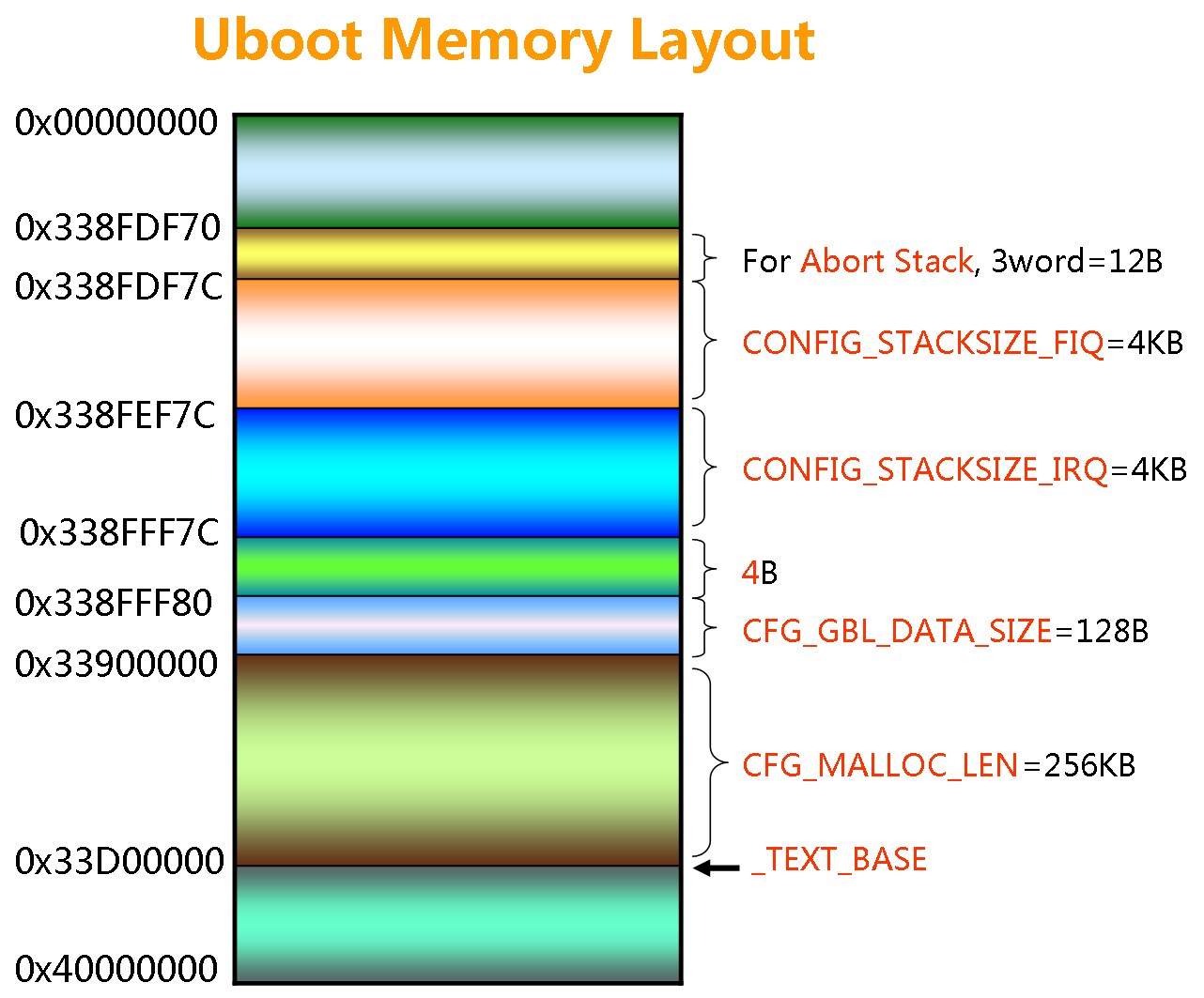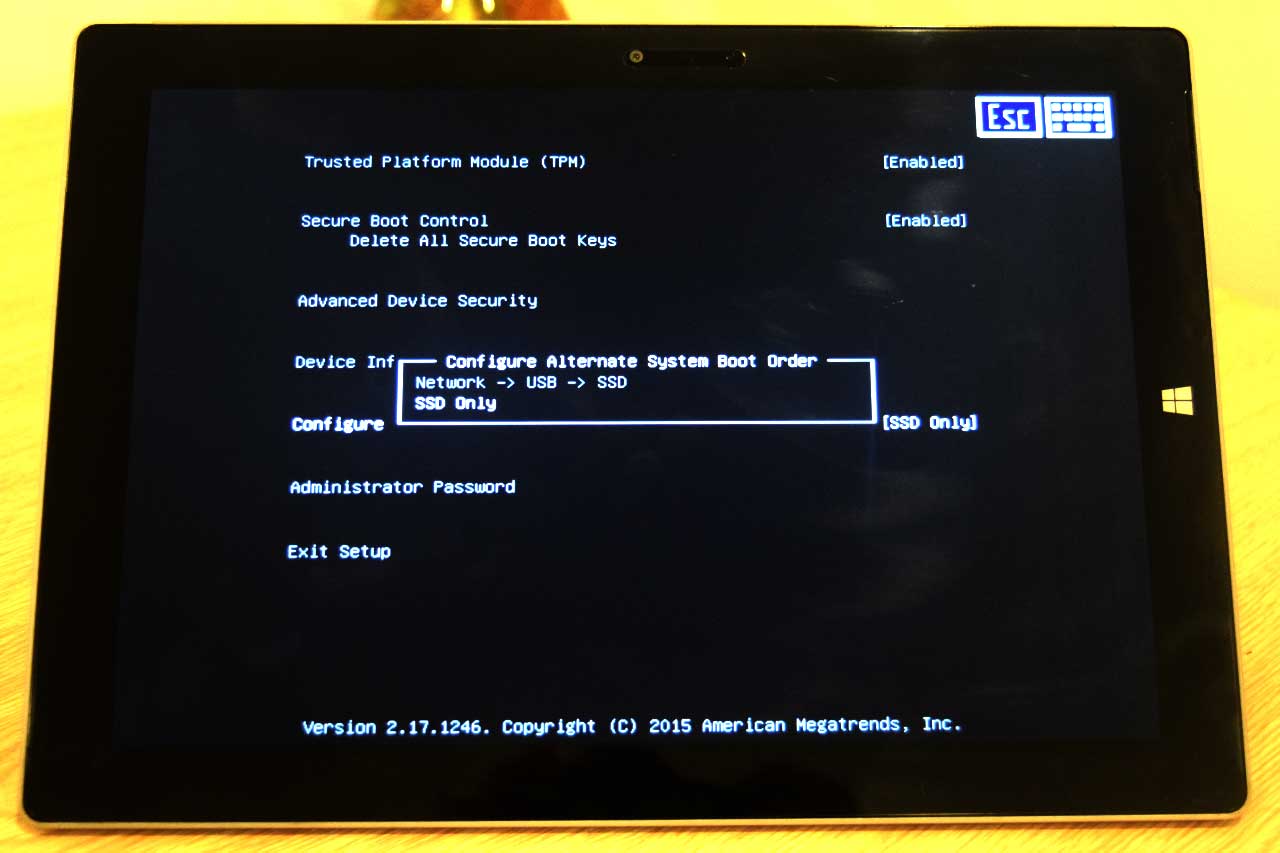
This will generate two binaries in the am335x directory, MLO and u-boot.img along with other intermediate binaries that may be needed in some cases (see below). $ make O=am335x CROSS_COMPILE=arm-linux-gnueabihf- ARCH=arm am335x_evm AM335x-LINUX-PSP-MM.mm.pp.bb/src/u-boot/u-boot-MM.mm.pp.bbīuilding into a separate object directory with the "O=" parameter to make is strongly recommended.Ĭommands $ & rm -rf. The 1st binary is generated MLO and the 2nd stage is generated as u-boot.img.īelow steps assumes that the release package is extracted inside directory represented as $AM335x-PSP-DIRĬhange to the base of the U-Boot directory.

#U boot configuration full
Initial stage initalize only the required boot devices (NAND, MMC, I2C etc) 2nd full stage initall all other devices (ethernet, timers, clocks etc). Since it is not possible to squeeze in all the functionality that is normally expected from U-Boot in < 110KB (after setting aside some space for stack, heap etc) a two stage approach has been adopted.
#U boot configuration code
Also, 1 KB at the start (0x402f0000 - 0x402f0400) is secure and it cannot be accessed This places a limit of 109KB on the size of the U-Boot binary which the ROM code can transfer to the internal RAM and use as an initial stack before initialization of DRAM. The size of the internal RAM in AM335X is 128KB out of which 18KB at the end is used by the ROM code. This section gives an overview of the two stage U-Boot approach adopted for AM335X. RBL loads the image to the internal memory address 0x402f0400 and executes it. RBL would copy the image, whose size is given by the length field in the image header, from the device and loads into the internal memory address specified in the load address field of Image header. The image header is of length 8 byte which has the load address(Entry point) and the size of the image to be copied. The ROM code can load the SPL image from any of the following devices It is built concurrently when building U-Boot. SPL is a non-interactive loader and is a specially built version of U-Boot. The binary for the 2nd U-Boot stage is simply referred to as U-Boot. The binary for the 1st U-Boot stage is referred to as the Secondary Program Loader (SPL) or the MLO. The booting is completed in two consecutive stages by U-Boot binaries. In AM335x the ROM code serves as the bootstrap loader, sometimes referred to as the Initial Program Loader (IPL) or the Primary Program Loader (PPL).

2.2.2.2 Flashing U-Boot to NAND in UART boot mode.2.2.2.1 Flashing SPL to NAND in UART boot mode.

2.2.2 Flashing images to NAND in UART boot mode.There is a separate wiki page about configuring LCD in U-Boot. The default environment has these values set as well.
#U boot configuration driver
To get U-Boot output shown on the built-in framebuffer driver (currently, HDMI only at 1024x768), add the following to your boot.cmd: Note: on the A20 based cubieboards, this only seems to work on the stable kernel, not on stage. Recent version of U-Boot are able to boot from NFS as well as TFTP, but you have to get rid of the automatic setup of FTP. Setenv bootargs console=ttyS0,115200 root=/dev/mmcblk0p2 rootwait panic=10


 0 kommentar(er)
0 kommentar(er)
